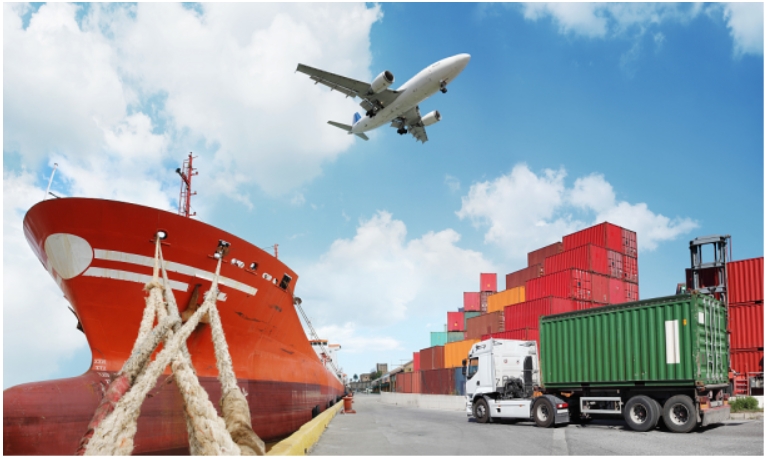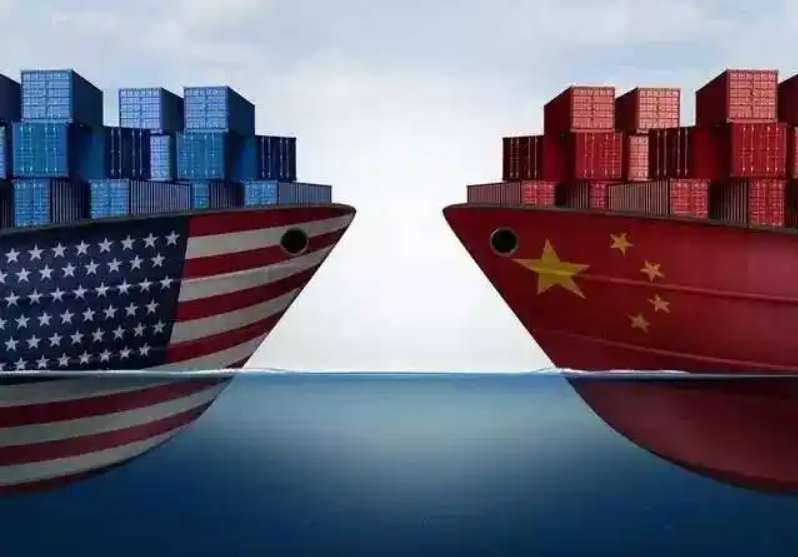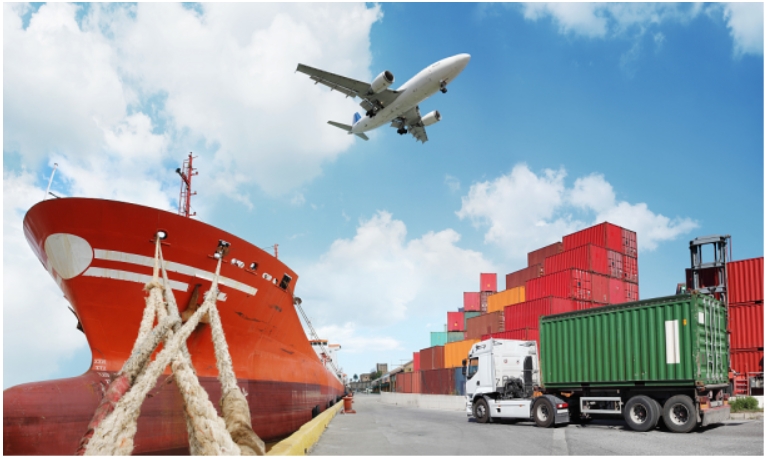Author:AliceDate:2025-4-28

The US tariff policy is changing the world economic landscape.
In recent years, the radical tariff policy adopted by the United States is having a profound impact on the world economic landscape. This policy has not only exacerbated global economic uncertainty, but also reshaped international trade relations and global supply chains. Its chain reaction has spread to every corner, causing widespread concern and worry from the international community.
Background and purpose of tariff policy
The core purpose of the US government's tariff policy is to reduce the long-standing trade deficit, promote the return of manufacturing, increase government fiscal revenue, and curb the technological rise of specific countries in the high-tech field. Since taking office, the Trump administration has held high the banner of "America First" and tried to achieve the above goals through a series of tariff measures. However, these policies have not only failed to solve the domestic economic problems of the United States as expected, but have also triggered trade tensions around the world and exacerbated economic uncertainty
2. The direct impact of tariff policies on the global economy
Shrinking trade volume: The establishment of tariff barriers has led to rising global trade costs and suppressed cross-border trade activities. The World Trade Organization (WTO) has warned that the US tariff policy may lead to an overall shrinkage in global commodity trade volume. This not only harms the interests of the United States' trading partners, but also weakens the growth momentum of the global economy.
Financial market turmoil: The introduction of tariff policies has triggered violent fluctuations in global financial markets. Financial markets such as the stock market, bond market, and foreign exchange market have all been hit to varying degrees, investor confidence has been frustrated, and capital flows have been restricted. The U.S. stock market has fallen sharply several times after the announcement of the tariff policy, reflecting the market's concerns about the uncertainty of the tariff policy.
Increased inflationary pressure: The tariff policy has led to an increase in the cost of imported goods, which in turn has pushed up domestic prices. This not only increases the burden on consumers, but also increases the risk of inflation, posing a threat to global economic stability.

3. Reshaping of the world economic pattern by tariff policies.
Changes in the trade pattern: Tariff policies have prompted countries to reassess their trade relations and seek new trading partners and markets. Some countries have begun to strengthen economic and trade cooperation with emerging markets to reduce their dependence on the U.S. market. This trend has accelerated the diversification of the global trade pattern and weakened the United States' dominant position in global trade.
Adjustment of the supply chain: Tariff policies force companies to reconfigure their supply chains to reduce production costs and avoid tariff risks. Some multinational companies have moved their production lines to other countries in search of a more stable and efficient supply chain. This adjustment of the supply chain has not only affected the global industrial layout, but also exacerbated geopolitical tensions.
The complexity of international relations: Tariff policies have exacerbated international trade disputes and tensions. The escalating trade tensions between the United States and its traditional allies pose a threat to global political stability. At the same time, tariff policies have also prompted some countries to form new trade alliances and partnerships to jointly deal with US tariff barriers.
IV. Response strategies and prospects
Faced with the challenges brought by the US tariff policy, countries should actively adopt response strategies, strengthen macroeconomic policy coordination, and jointly promote global trade liberalization and investment facilitation. At the same time, countries should also accelerate economic structural adjustment and transformation and upgrading, enhance industrial competitiveness and innovation capabilities, and reduce the risk of dependence on a single market. In addition, strengthening international cooperation and dialogue is also an important way to resolve tariff disputes and maintain global economic stability.
Looking ahead, with the diversification of the global trade pattern and the adjustment of the supply chain, the world economy will become more complex and changeable. Countries should strengthen policy communication and coordination, jointly respond to global challenges, and promote the building of a more open, inclusive, equitable, balanced and win-win economic globalization system.

↓Next [ Desert cool car - ETV: a new choice for driving the endless sea of sand. ]






